Dr Lucy Quinn from the British Antarctic Survey looks at plastic ingested by albatross.
From BBC by Alison Trowsdale, Tom Housden and Becca Meier.
Design by Sue Bridge and Joy Roxas.
Marine life is facing "irreparable damage" from the millions of tonnes of plastic waste which ends up in the oceans each year, the United Nations has warned.
"This is a planetary crisis... we are ruining the ecosystem of the ocean," UN oceans chief Lisa Svensson told the BBC this week.
But how does this happen, where is most at risk and what damage does this plastic actually do?
Why is plastic problematic?
Plastic as we know it has only really existed for the last 60-70 years, but in that time it has transformed everything from clothing, cooking and catering, to product design, engineering and retailing.
One of the great advantages of many types of plastic is that they're designed to last - for a very long time.
And nearly all the plastic ever created still exists in some form today.
In July a paper published in the journal Science Advances by industrial ecologist Dr Roland Geyer, from the University of California in Santa Barbara, and colleagues, calculated the total volume of all plastic ever produced at 8.3bn tonnes.
Of this, some 6.3bn tonnes is now waste - and 79% of that is in landfill or the natural environment.
This vast amount of waste has been driven by modern life, where plastic is used for many throwaway or "single use" items, from drinks bottles and nappies to cutlery and cotton buds.
Four billion plastic bottles...
Drinks bottles are one the most common types of plastic waste. Some 480bn plastic bottles were sold globally in 2016 - that's a million bottles per minute.
Of these, 110bn were made by drinks giant Coca Cola.
Some countries are considering moves to reduce consumption.
Proposals in the UK include deposit-return schemes, and the improvement of free-drinking water supplies in major cities, including London.
So how much plastic waste ends up in the sea?
It's likely that about 10m tonnes of plastic currently ends up in the oceans each year.
In 2010 scientists from the National Center for Ecological Analysis and Synthesis and the University of Georgia in Athens estimated the figure as 8m tonnes, and forecast that to rise to 9.1m tonnes by 2015.
The same study, published in the journal Science in 2015, surveyed 192 coastal countries contributing to ocean plastic waste, and found that Asian nations were 13 of the 20 biggest contributors.
Plastic waste accumulates in areas of the ocean where winds create swirling circular currents, known as gyres, which suck in any floating debris.
There are five gyres around the globe, but the best known is probably the North Pacific gyre.
It is estimated debris takes about six years to reach the centre of the North Pacific gyre from the coast of the US, and about a year from Japan.
All five gyres have higher concentrations of plastic rubbish than other parts of the oceans.
They are made up of tiny fragments of plastic, which appear to hang suspended below the surface - a phenomenon that has led it to being described as plastic soup.
And the hard-wearing qualities of most plastics means that some items can take hundreds of years to biodegrade.
However, there are moves to clean up the North Pacific gyre.
An operation led by a non-profit organisation Ocean Cleanup is due to begin in 2018.
The Marine Conservation Society found 718 pieces of litter for every 100m stretch of beach surveyed during their recent Great British Beach Clean Up.
That was a 10% increase on last year.
The origin of a lot of the litter is difficult to trace, but the public contributes about 30%.
"Sewage-related debris", or items flushed down toilets that should have been put in the bin, amounted to some 8.5%.
For sea birds and larger marine creatures like turtles, dolphins and seals, the danger comes from being entangled in plastic bags and other debris, or mistaking plastic for food.
Turtles cannot distinguish between plastic bags and jellyfish, which can be part of their diet.
Plastic bags, once consumed, cause internal blockages and usually result in death.
Larger pieces of plastic can also damage the digestive systems of sea birds and whales, and can be potentially fatal.
Over time, plastic waste slowly degrades and breaks down into tiny micro-fragments which are also causing scientists concern.
This can result in malnutrition or starvation for the fish, and lead to plastic ingestion in humans too.
The effect on humans of eating fish containing plastic is still largely unknown.
But in 2016 the European Food Safety Authority warned of an increased risk to human health and food safety "given the potential for micro-plastic pollution in edible tissues of commercial fish".
Links :
- The Times : Ten rivers carry 90% of plastic found in oceans
- FT : The plastics suffocating life within our oceans
- Treehugger : UK celebrates first "Plastic Free Coastline" community
- GeoGarage blog : 'Planet is doomed' unless ocean health improves ... / New study helps explain how garbage patches form in ... / Scientists and engineers turn ocean plastic into new ... / Our seas have become a plastic graveyard - but can ... / We can solve the ocean plastic problem / 'Biodegradable' plastics are a big fat lie / Study finds rising levels of plastics in oceans / ...
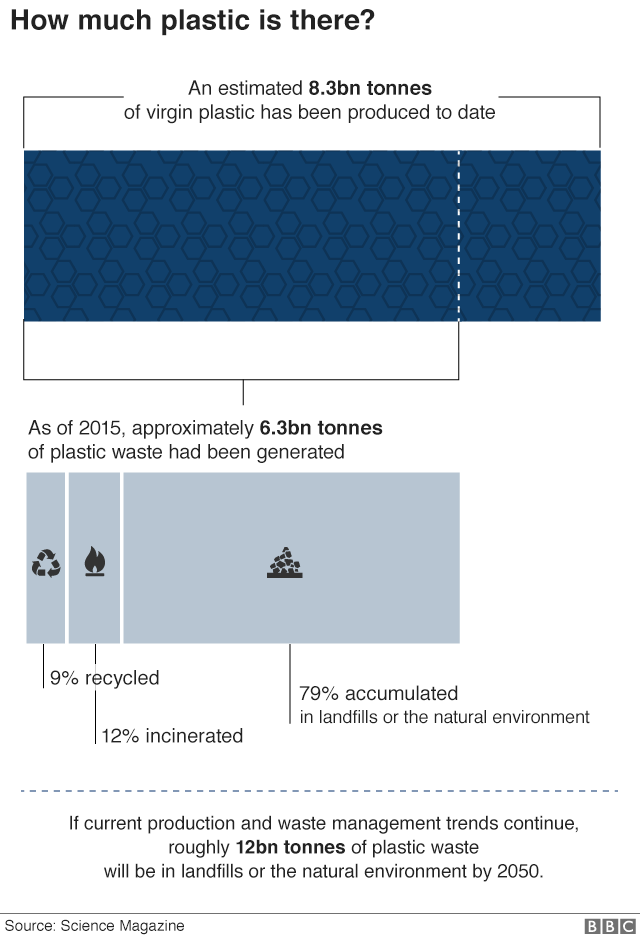

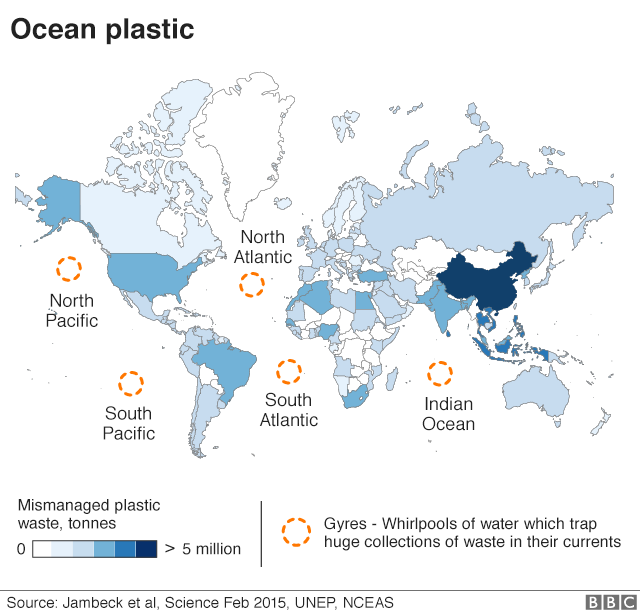
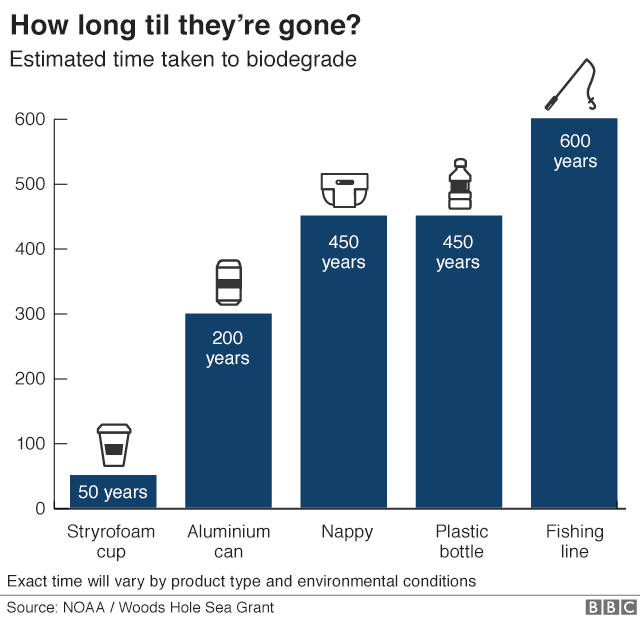
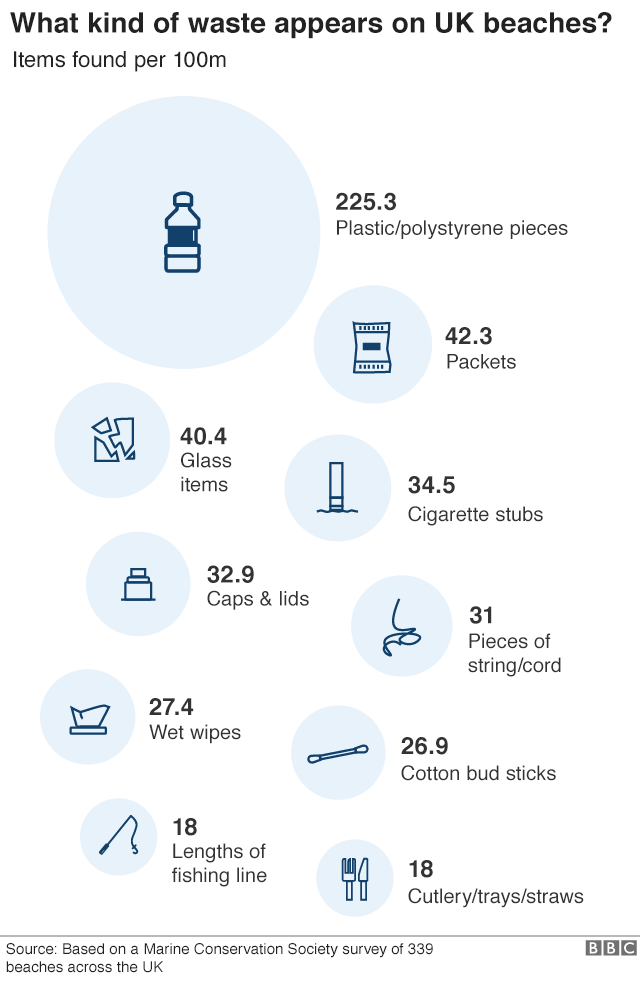
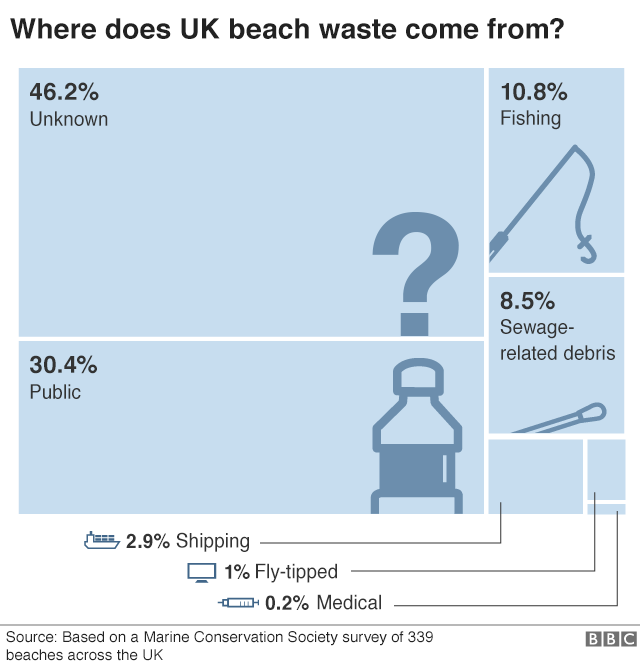
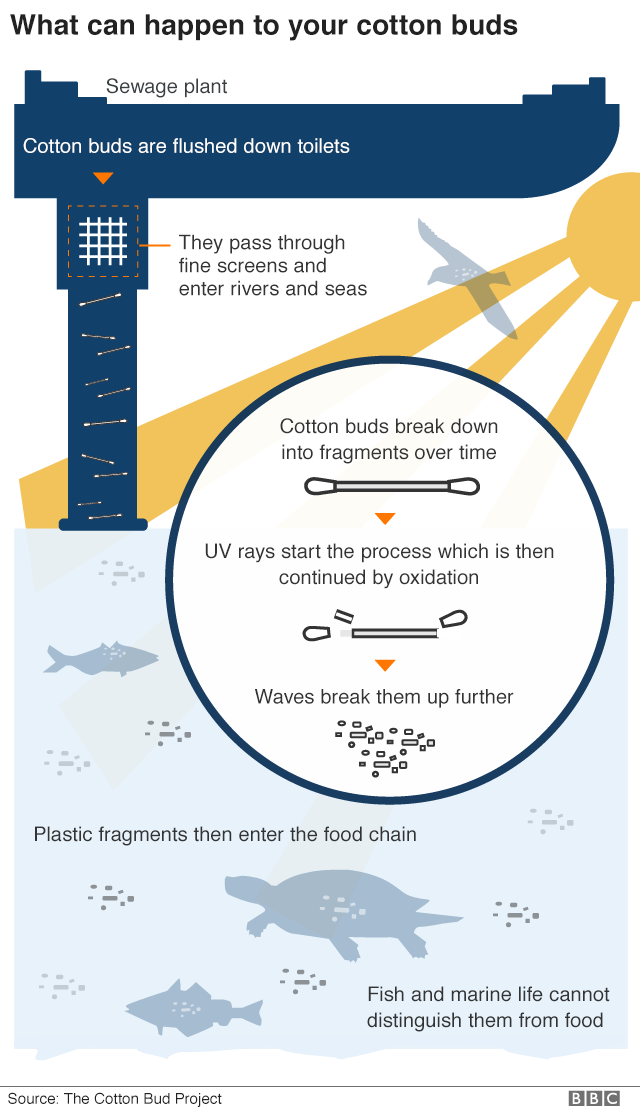
The Guardian : $180bn investment in plastic factories feeds global packaging binge
ReplyDeleteFinancial Times : The problem with plastic"
ReplyDelete